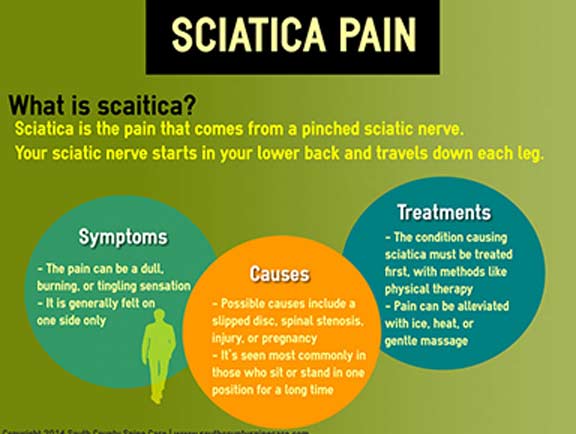Understanding The Implications Of Pain In The Back On Your Wellness: Often Encountered Conditions And Their Symptoms
Understanding The Implications Of Pain In The Back On Your Wellness: Often Encountered Conditions And Their Symptoms
Blog Article
Web Content Author-Cannon Eason
If you're experiencing neck and back pain, your body might be trying to tell you something more than simply discomfort. The method your back feels can give useful hints concerning your overall health. Recognizing the specific type of discomfort you're really feeling and any coming with symptoms is key to deciphering the enigma behind your pain. Let's check out the typical problems and signs connected with different sorts of back pain to shed light on what your body might be signaling.
Kinds Of Neck And Back Pain
When it comes to back pain, there are various kinds that you may experience. One common type is muscular tissue pain, usually triggered by overuse, pressure, or injury to the muscles and tendons sustaining the spine. This type of discomfort can range from mild pain to serious and debilitating discomfort.
Another type is nerve discomfort, which can arise from conditions like herniated discs or sciatica. Nerve discomfort often provides as a sharp, shooting sensation that radiates down the leg.
Joint pain in the back can originate from concerns like joint inflammation or sacroiliac joint dysfunction. This sort of discomfort is normally felt in the lower back and can be intensified by specific movements.
In addition, neck and back pain can be connected to structural issues such as back stenosis or vertebral fractures. Comprehending the sort of pain in the back you're experiencing is vital in determining the proper therapy and management techniques.
Common Symptoms to Expect
Relocating beyond the numerous kinds of pain in the back, it is necessary to acknowledge the typical signs and symptoms that can signal underlying problems.
Persistent pain in the back that aggravates with activity or during the night could indicate an extra severe trouble. Tingling or tingling in the legs or feet, particularly when accompanied by weak point, could point to a nerve-related problem. If you experience unexpected weight reduction in addition to pain in the back, maybe an indication of a much more systemic problem.
Take note of any type of modifications in bladder or bowel function, as this could be linked to spine compression. Fever, cools, or evening sweats in conjunction with back pain might indicate an infection. Keep lower back pain and cramps out for pain that emits down one or both legs, possibly a measure of sciatica.
Wellness Conditions Linked to Pain In The Back
If you deal with back pain, it's essential to comprehend the possible wellness problems linked to this pain. Pain in the back can be a signs and symptom of different underlying concerns, consisting of muscular tissue pressures, herniated discs, osteo arthritis, spinal constriction, and even conditions like kidney stones or infections.
Muscular tissue stress prevail and typically arise from lifting hefty things or abrupt motions.
Herniated discs happen when the soft cells between vertebrae protrudes, triggering nerve irritability.
lower back tightness and pain , a degenerative joint disease, can cause pain in the back as cartilage wears down.
Spinal constriction, the constricting of the spine canal, can tax nerves.
Kidney rocks might trigger extreme pain in the back if they move into the urinary system tract.
Infections like back osteomyelitis can also manifest as pain in the back. Comprehending these potential health conditions can aid you seek appropriate medical care and management for your neck and back pain.
Conclusion
So, following time your back harms, focus on the sort of discomfort and coming with signs. Maybe a signal from your body concerning underlying wellness problems like muscle mass pressure, nerve concerns, joint problems, and even architectural problems. By recognizing these signs, you can take positive steps to address the origin of your pain in the back and enhance your total health and wellness and well-being.
